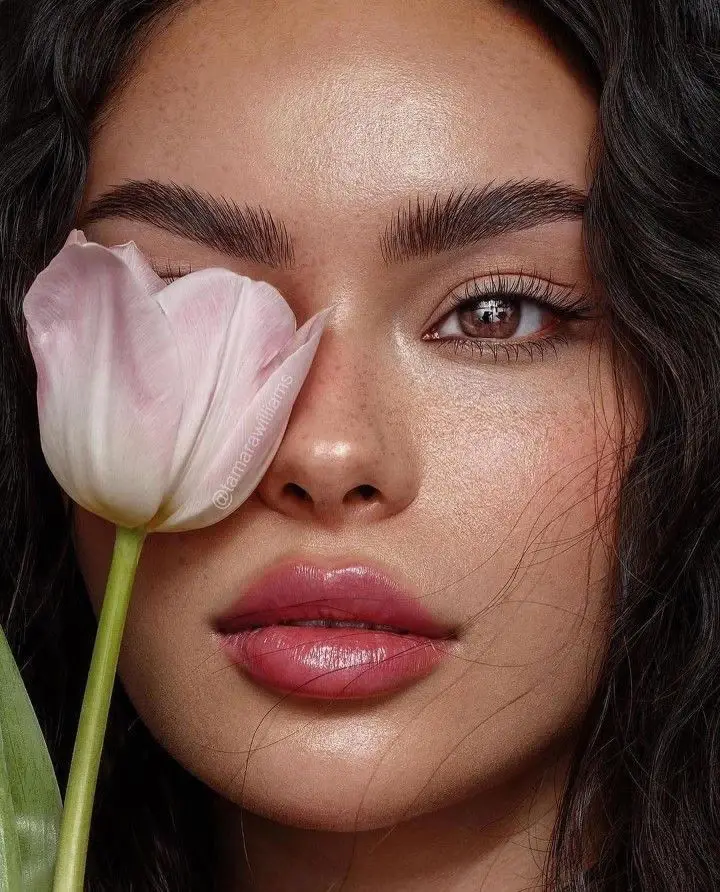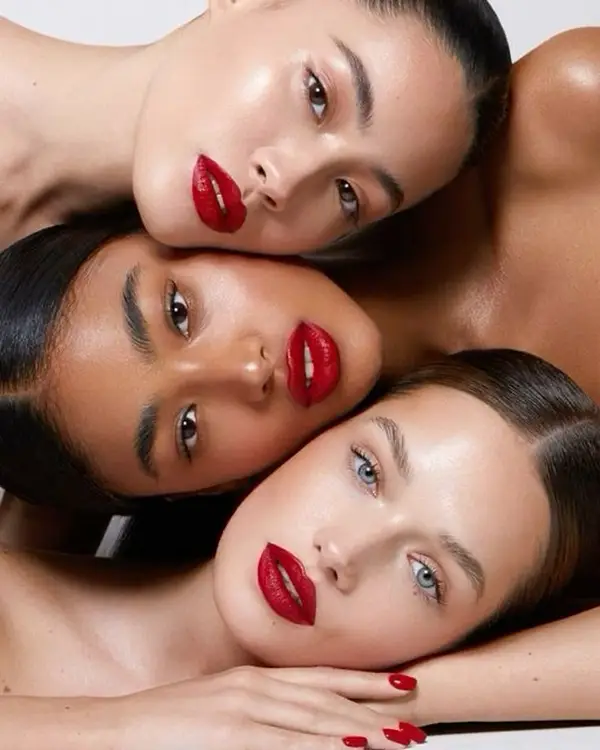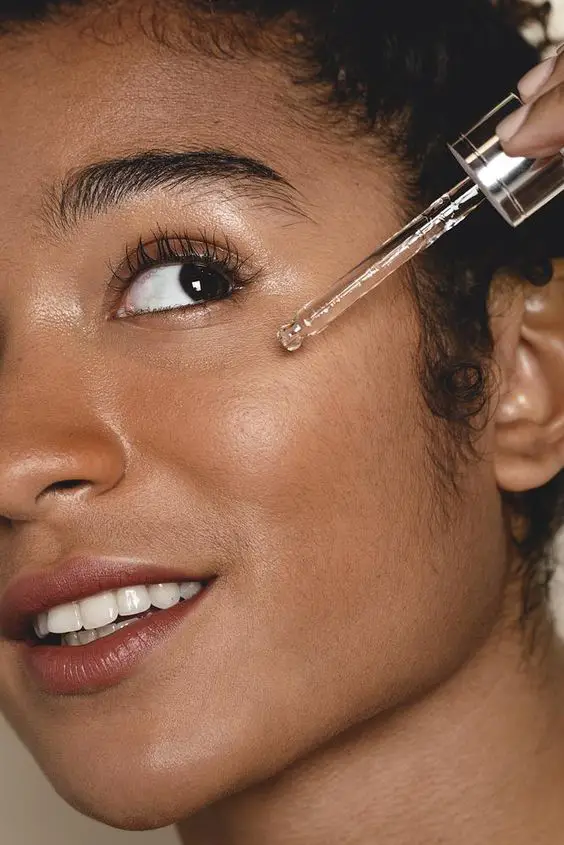In the beauty world, advice and practices have evolved significantly over the years. Scientific advancements and new products now shape what was once considered the best skincare or makeup wisdom. Whether you follow your grandma’s classic beauty tips or embrace the latest trends, it’s fascinating to explore how traditional advice holds up against modern practices. Let’s dive into this exciting comparison to discover which old tips remain effective and how new innovations are reshaping the beauty game.
Table of contents
The Allure of Traditional Beauty Advice
Traditional beauty advice has stood the test of time for good reasons. These practices are often rooted in natural ingredients and holistic approaches, emphasizing long-term care and overall well-being. Let’s take a closer look at some of the most popular traditional beauty tips:
- Natural Ingredients and DIY Remedies
- Coconut Oil for Hair and Skin: Coconut oil, a versatile beauty staple, has been used for centuries in tropical regions. It is rich in fatty acids and antioxidants, making it an excellent moisturizer and hair conditioner.
- Turmeric for Brightening: This golden spice has been used in Ayurvedic practices for its anti-inflammatory and brightening properties. A turmeric mask can help reduce acne and give your skin a natural glow.
- Rose Water for Toner: Known for its soothing properties, rose water has been used as a facial toner to balance the skin’s pH and reduce redness.
- Egg Whites for Tightening Pores: Egg whites are rich in proteins, tighten and firm the skin, minimize pores, and reduce oil, making them ideal for a smoother, clearer complexion.
- Honey for hydration: Honey, with its antibacterial and moisturizing properties, hydrates and soothes the skin while combating acne and inflammation, making it a timeless beauty staple.
- Holistic Approaches
- Diet and Hydration: Traditional beauty wisdom emphasizes the importance of a balanced diet and proper hydration for glowing skin. Foods rich in vitamins and minerals, along with adequate water intake, are considered essential.
- Sleep and Stress Management: Adequate sleep and stress reduction techniques like yoga and meditation are cornerstones of traditional beauty advice. They help maintain a youthful appearance and reduce skin issues.
- Timeless Techniques
- Regular Oil Massages: Oil massages improve circulation, detoxify the skin, and provide deep nourishment. Gua Sha, a traditional Chinese practice, involves scraping a flat jade or rose quartz stone over the skin to enhance blood circulation and lymphatic drainage, resulting in a natural, healthy glow.
- DIY Face Masks: A common traditional practice involves combining ingredients like honey, yogurt, and aloe vera to create face masks. These masks are simple, effective, and free from harsh chemicals.
The Rise of Modern Beauty Practices
Modern beauty practices, on the other hand, are all about innovation and efficiency. With advancements in science and technology, the beauty industry has developed products and treatments that offer quick and often dramatic results. Here are some key aspects of modern beauty practices:
- High-Tech Skincare
- Laser Treatments: Laser technology has revolutionized beauty treatments from hair removal to skin resurfacing. These procedures offer precision and long-lasting results.
- Microneedling: This minimally invasive procedure involves tiny needles to promote collagen production, reduce scars, and improve skin texture.
- Chemical Peels: These treatments effectively utilize acids to exfoliate the skin, resulting in a noticeably smoother and more even complexion. They are customized to target specific skin concerns such as pigmentation and fine lines.
- Advanced Ingredients
- Retinoids: Derived from vitamin A, retinoids are powerful ingredients in modern skincare. They help in cell turnover, reduce wrinkles, and treat acne.
- Hyaluronic Acid: Hyaluronic acid retains moisture exceptionally well, establishing its role as a fundamental component in many modern moisturizers and serums.
- Peptides: These short chains of amino acids help build proteins in the skin, like collagen and elastin, leading to firmer and younger-looking skin.
- Advanced Cleansers
- Modern cleansers go beyond just cleaning the skin. They are designed to maintain the skin’s pH balance, hydrate, and deliver active ingredients. Cleansers now include micellar water, which uses micelle technology to attract dirt and oil without stripping the skin.
- Sunscreen Innovations
- Traditional advice emphasizes avoiding the sun or using natural oils for protection. Today, broad-spectrum sunscreens with SPF 30 or higher protect against UVA and UVB rays. Formulations have become more advanced, offering lightweight, non-greasy options for all skin types.
- Personalized Skincare
- Modern beauty brands now offer customized skincare routines, specifically addressing individual skin types and concerns. This personalized approach ensures that skincare products align perfectly with your unique needs.
- At-Home Devices
- From LED light therapy masks to microcurrent devices, at-home beauty gadgets have made professional-grade treatments accessible and convenient.
Blending the Best of Both Worlds
While traditional beauty advice and modern practices may seem worlds apart, they can actually complement each other beautifully. Combining the wisdom of natural ingredients and holistic approaches with the precision of modern science can lead to a more comprehensive beauty routine.
Natural Ingredients in Modern Formulations
Many modern skincare products now incorporate natural ingredients traditionally used for their beneficial properties. This fusion ensures that users enjoy the advantages of both natural and scientifically backed components.
Example: Aloe vera, known for its soothing properties, is a traditional remedy for sunburn. Today, it is a common ingredient in many after-sun products and moisturizers, enhancing their effectiveness.
Traditional Techniques with Modern Tools
Modern beauty tools like facial rollers and LED light therapy devices can enhance the effectiveness of traditional techniques. For instance, using a jade roller (a tool with roots in traditional beauty practices) with a modern serum can help improve product absorption and boost circulation.
Example: Combining a traditional facial massage with a modern hydrating serum allows the product to penetrate deeper, maximizing its benefits.
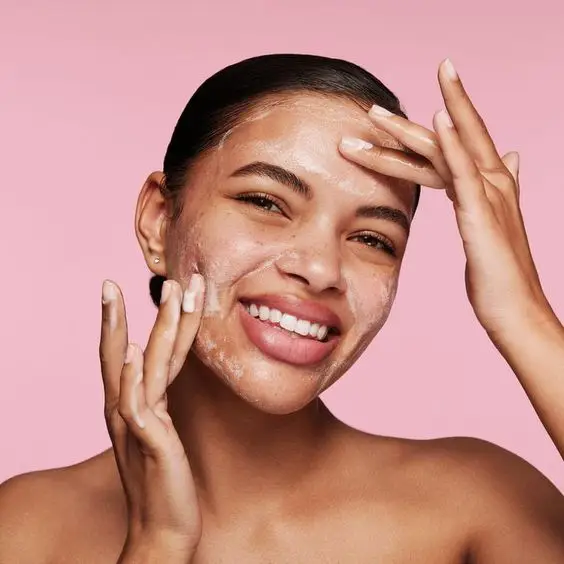
Comparing Traditional and Modern Practices
Both traditional and modern beauty practices have their unique strengths and can complement each other when used wisely. Here’s a comparison to help you decide what might work best for you:
Effectiveness
- Traditional: Traditional methods tend to focus on long-term results and overall health. They often require consistent use over time to see benefits.
- Modern: Modern practices can offer quicker and more noticeable results. However, they may sometimes involve higher costs and the need for professional supervision.
Safety and Side Effects
- Traditional: Generally, traditional methods using natural ingredients are gentle and have fewer side effects. However, some natural ingredients can cause allergic reactions in sensitive individuals.
- Modern: While modern treatments can be highly effective, they may also come with risks such as irritation, redness, or more severe reactions, especially if not performed correctly.
Cost
- Traditional: Traditional beauty advice often involves ingredients that are readily available and inexpensive. DIY treatments can be very budget-friendly.
- Modern: Modern beauty treatments and high-tech products can be costly. Procedures like laser treatments and microneedling can add up over time.
Convenience
- Traditional: Many traditional practices require time and consistency, such as preparing DIY masks or oiling hair overnight.
- Modern: Modern beauty products and treatments are designed for convenience and often provide quicker results with less effort.
Conclusion
The world of beauty dynamically blends time-honored traditions with cutting-edge innovations. Traditional beauty advice provides a treasure trove of natural and effective remedies, while modern practices deliver precision, convenience, and scientifically backed results. By combining these strengths, individuals can craft holistic beauty routines that respect the wisdom of the past and embrace present-day advancements. Whether you champion natural ingredients or prefer the latest skincare technology, you can discover the perfect balance for your beauty journey.
FAQs; Traditional Beauty Advice vs. Modern Methods
What are some effective traditional beauty remedies?
Traditional remedies like honey masks, turmeric paste, and aloe vera gel are known for their soothing and healing properties.
How has modern technology changed beauty routines?
Modern technology has introduced gadgets like LED masks and personalized skincare apps that enhance the effectiveness and convenience of beauty routines.
Is it better to use natural or scientifically-formulated beauty products?
Both have their benefits. Natural products are gentle and eco-friendly, while scientifically-formulated products can offer more potent results.
Can traditional beauty practices be integrated with modern routines?
Absolutely! Combining natural ingredients with modern products can create a balanced and effective beauty regimen.
What are some traditional beauty practices that are still effective today?
Traditional practices like using coconut oil for moisturizing, turmeric for brightening, and rose water as a toner are still widely regarded for their effectiveness.
Related Posts:
